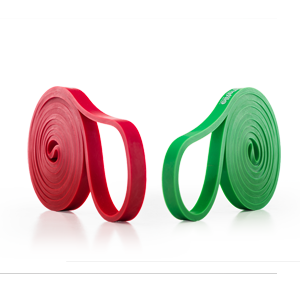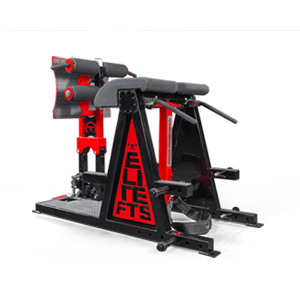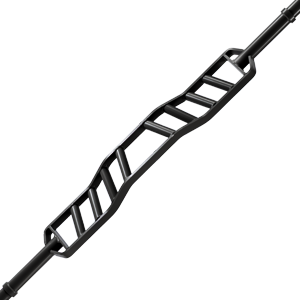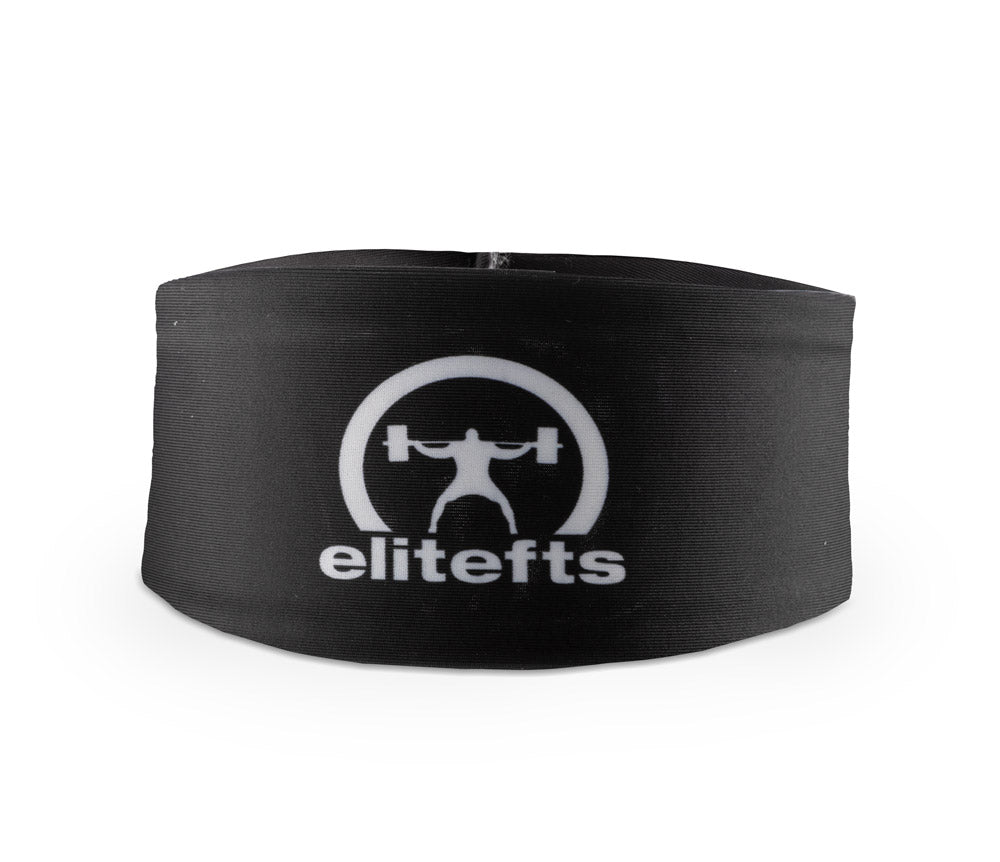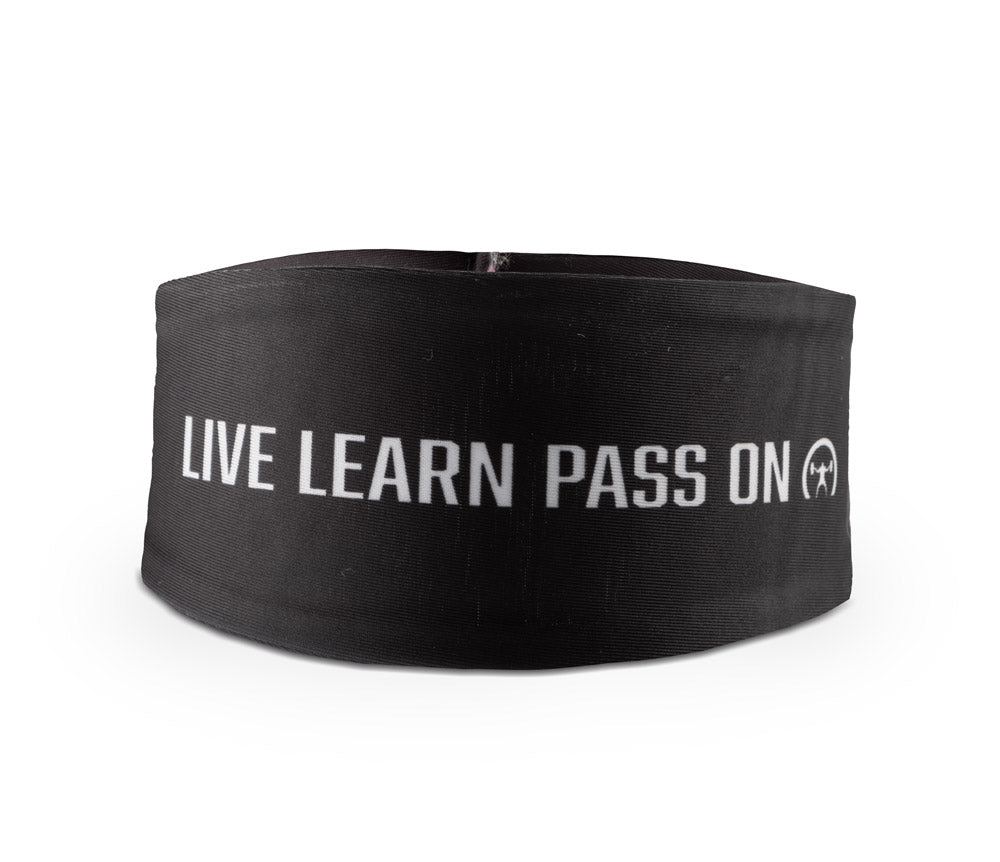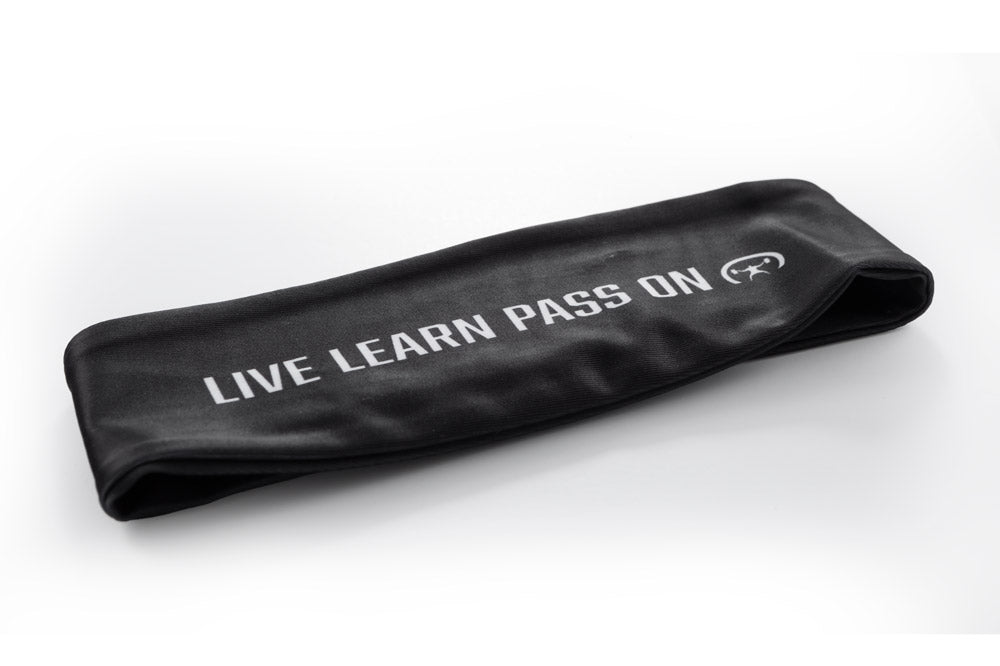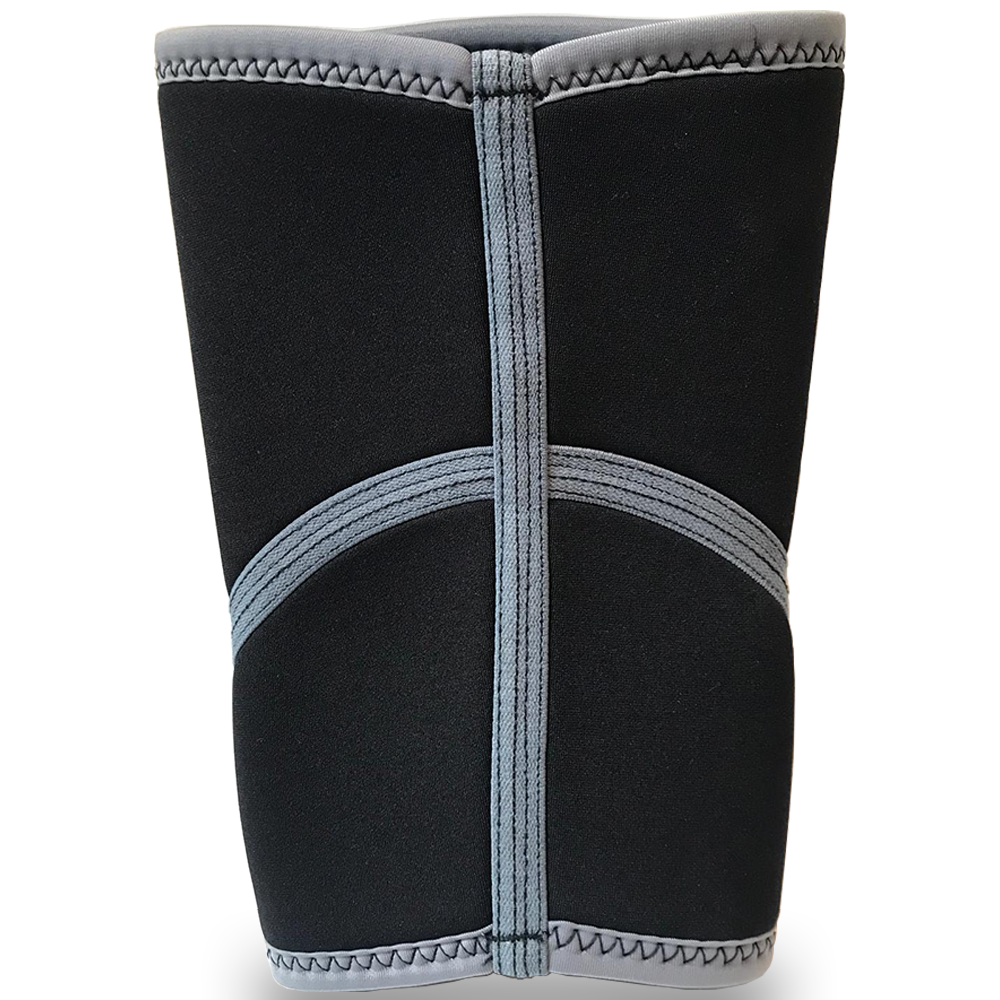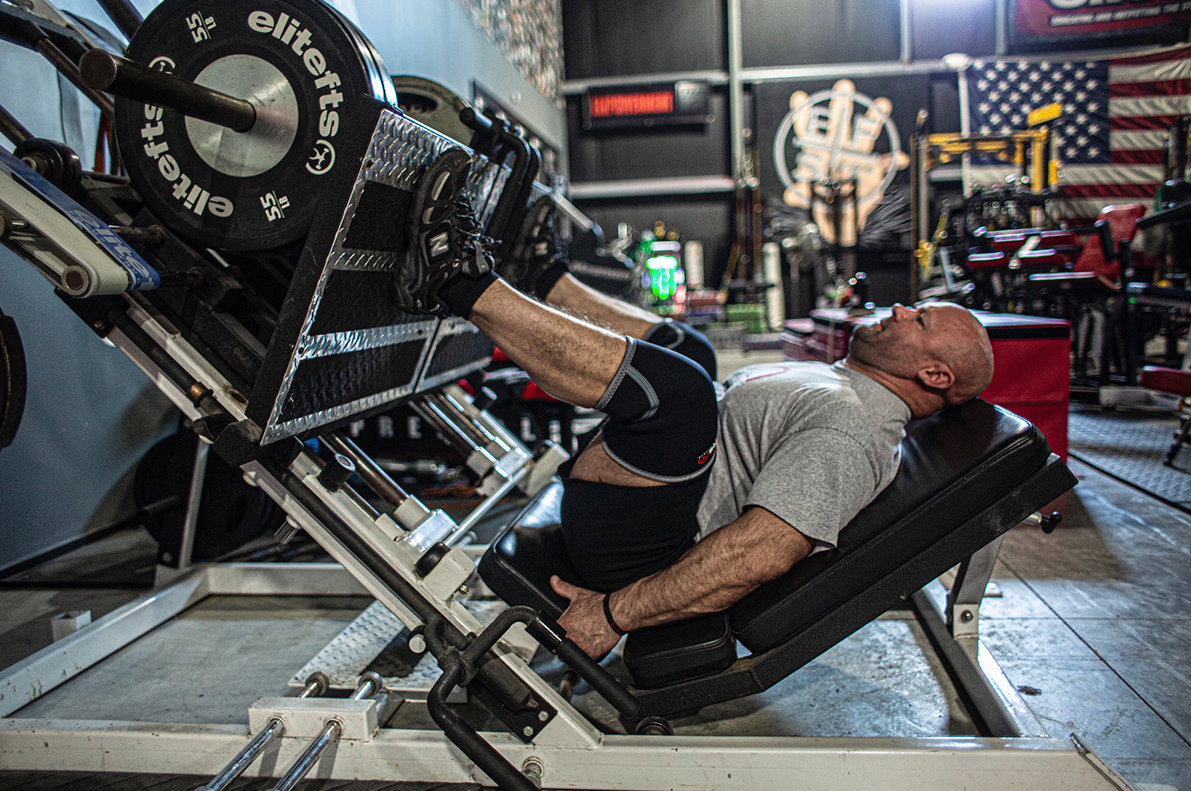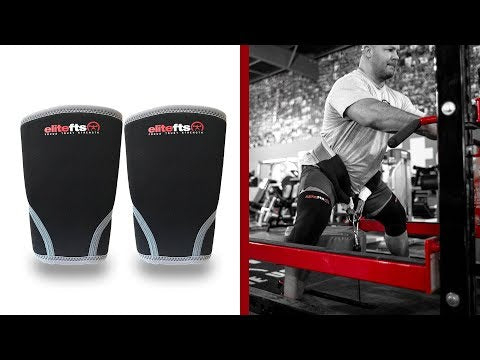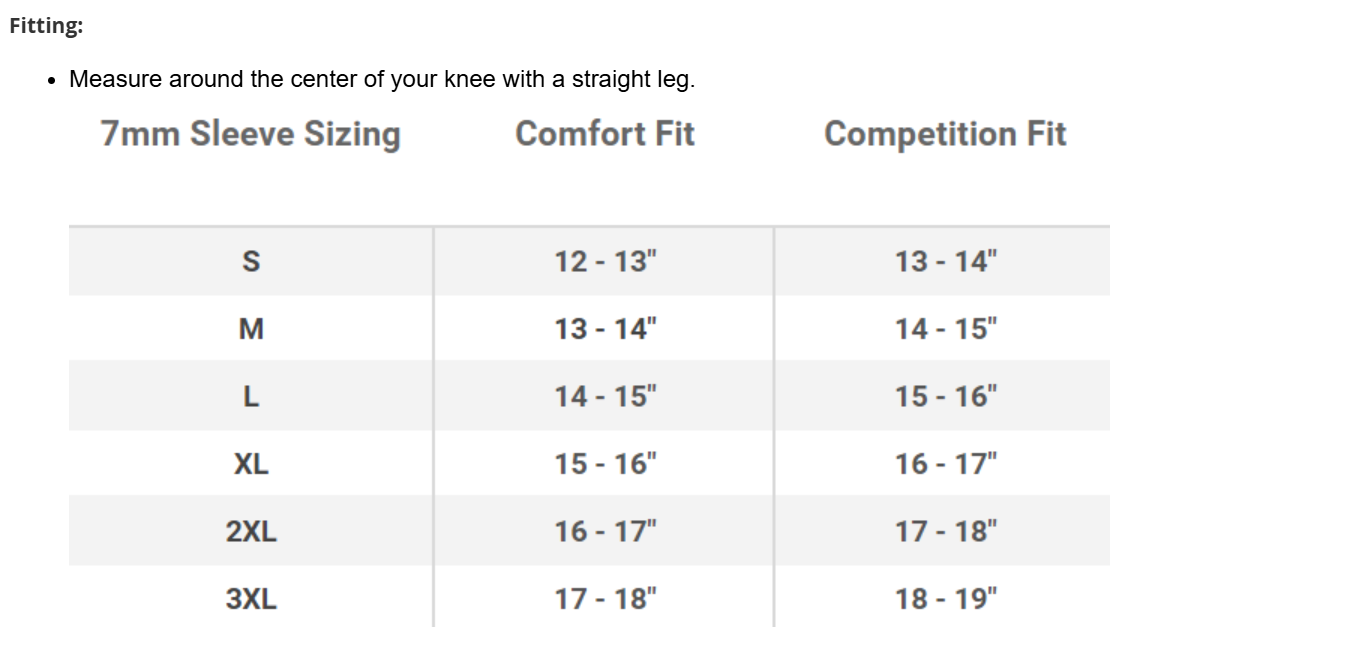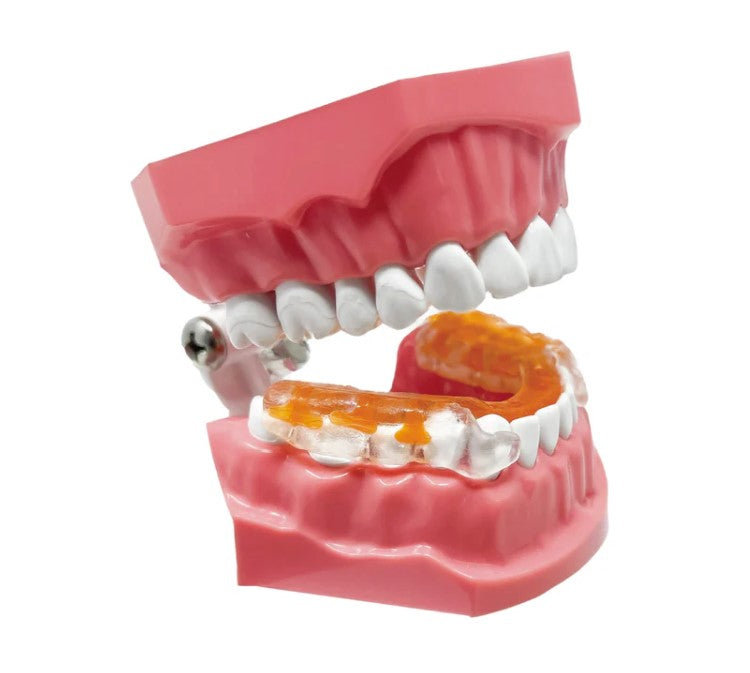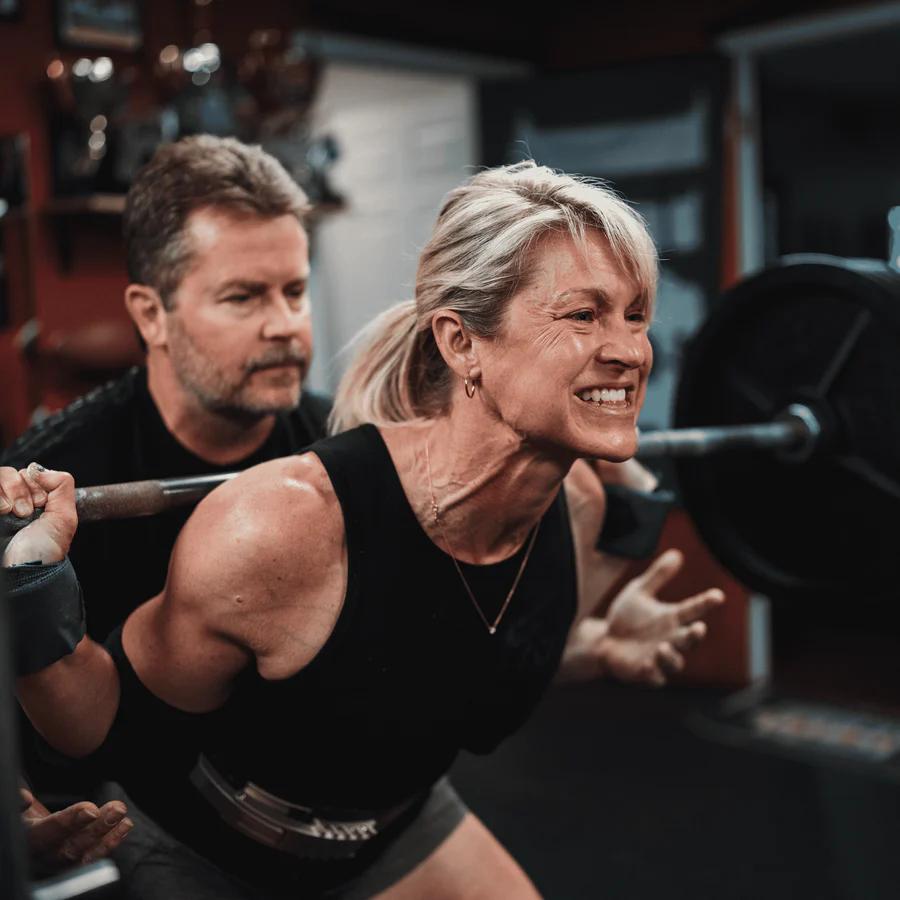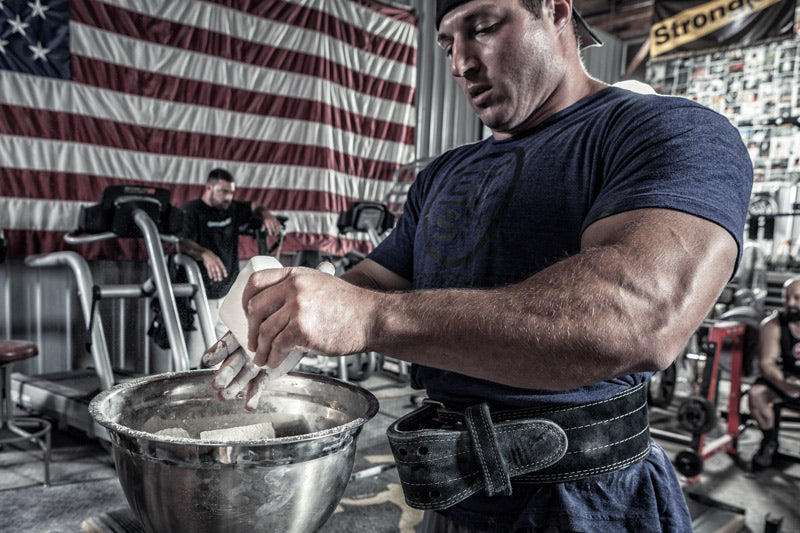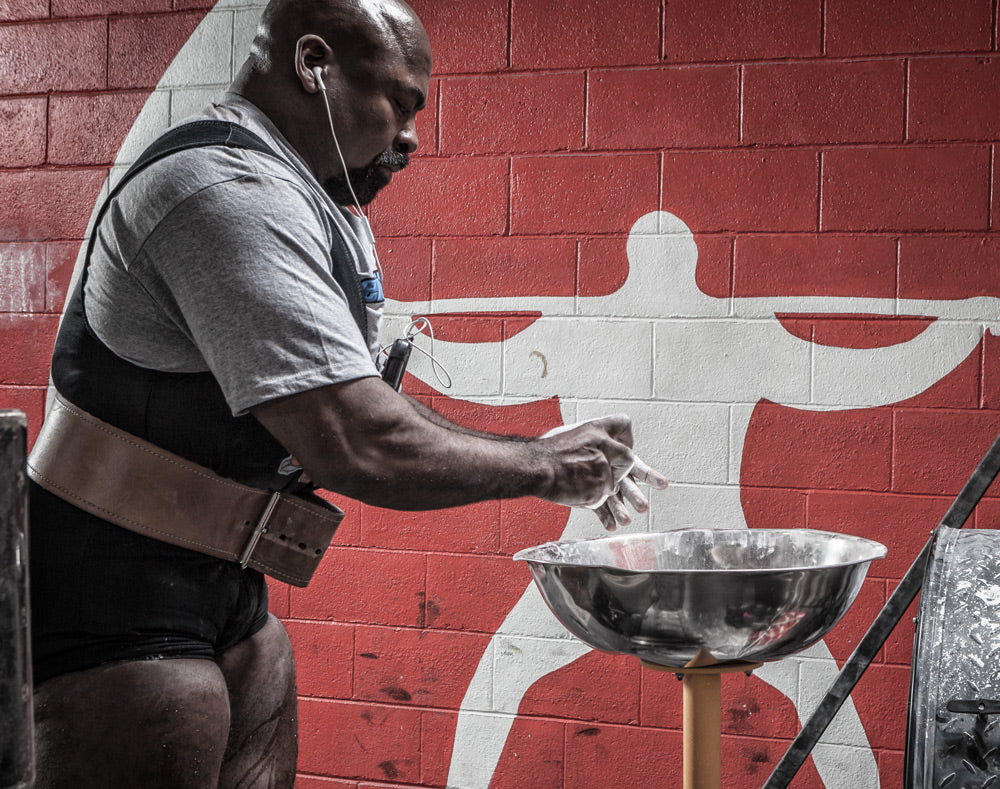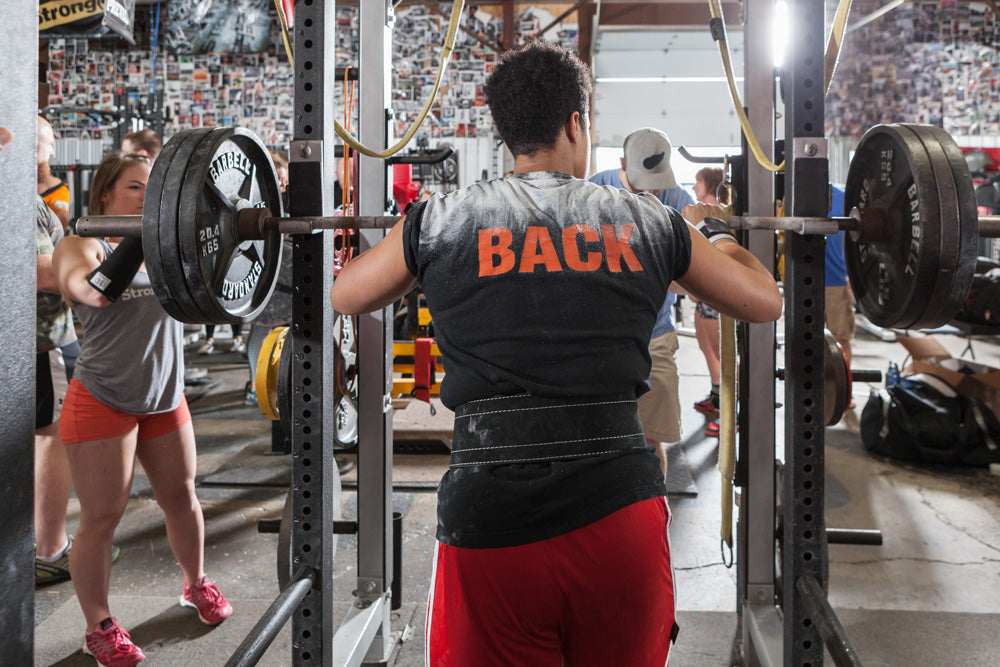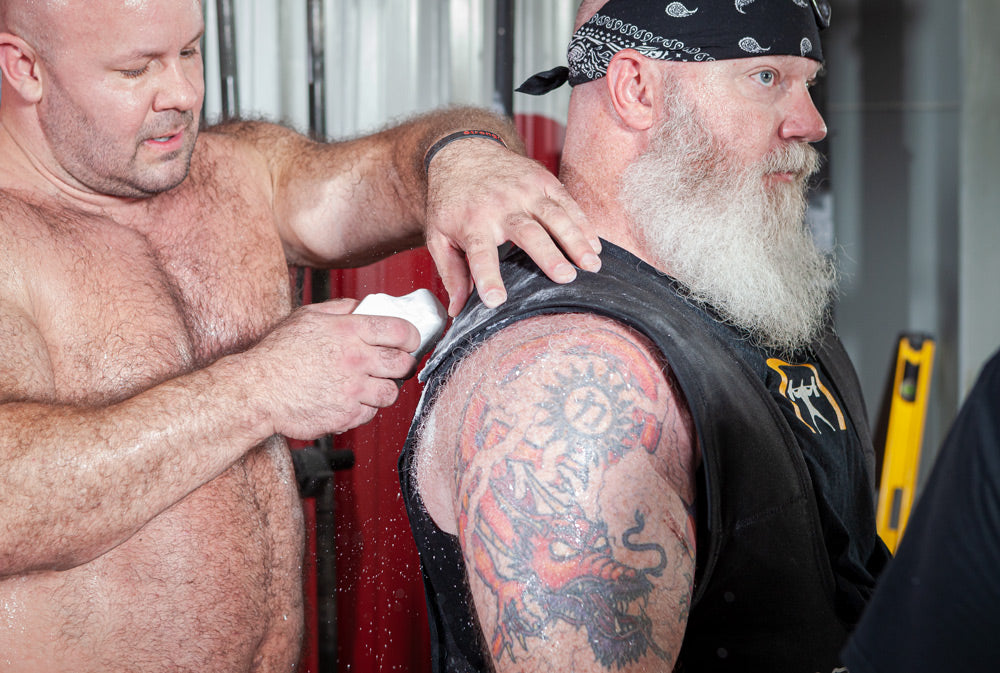
The 80/20 Principle is easy to understand. It is as follows:
“The majority of outcomes comes from a minority of inputs.”
That is one way to say it. Another, perhaps more colloquial way, would be something like, “It doesn’t take a lot to do a lot.” The 80/20 Principle originated in the field of economics. It came to be called the 80/20 Principle by way of an Italian economist in the early 20th century, Vilfredo Pareto. Pareto was NOT looking to find “percentages." His studies were on the distribution of wealth and income in England. He found repeatedly that a disproportionate minority earned and owned the majority of the wealth. His observations extended to other countries, and he found the same phenomena happening. This phenomena was notable not because it made some political statement, but because of how universal it seemed to be.RECENT: Vince Gironda — The World's First Personal Trainer
It was a predictable pattern of imbalance. And if you could predict it happening, you could make further inferences on what might happen as a result. Unfortunately, Pareto was very bad at explaining it, so the Pareto Principle went largely unnoticed for about 40 years, until after World War II. It was rediscovered, and from the 1950s on, it had a major impact on business, science, and many areas of that intersect. The Pareto Principle is NOT about money, and it's not about a perfect 80/20 split. It's a principle of EFFICIENCY. And you can readily apply it to powerlifting, or strength training at all, as any dedicated lifter practices it every single day.
The Big 3 and the 80/20 Principle
Have you ever wondered why the squat, bench, and deadlift came to be the competition lifts? Or why they seem to be the most broadly effective movements for building overall strength and muscle? Obviously they are compound movements, but they are not the only compound movements. There is a reason — a very fundamental one. They are the most LEVERAGED movements that can be performed against the force of gravity. Gravity pulls straight down. They all go straight down and straight up (as do most movements). And not only that, they biomechanically put the body into the strongest, most braced, most grounded position possible to move weight against gravity. Where is the 80/20 Principle in action here? Out of the 15 possible directions you could direct or project force from, human beings have figured out that three of them enable you to build strength across all of them. Where is the 15 coming from? Look at the figures below.
Squat
You have five primary movements. And yes, I consider lunges a squat pattern.- Forward Lunge
- Reverse Lunge
- Lateral Lunge
- Front Squat
- Back Squat

Bench (Press)
Of those five, the bench press is the most progressively loadable position, meaning it's the movement you can get strongest at. Why? Because it's the most leveraged movement against gravity out of the five.- Overhead Press
- Incline Press
- Horizontal Press
- Decline press
- Dips
Deadlift (Pull)
Of those five, the deadlift is the most progressively loadable position, meaning it's the movement you can get strongest at. Why? Because it's the most leveraged movement against gravity out of the five.- Deadlift
- Low Row
- Standing Row
- Incline Row
- Pull-Ups
- Tucking your feet on bench press
- Getting big in the chest
- Learning how to arch and maintaining your arch
- Bracing your spine and maintaining neutral spine
- Tightening down the lats
- Getting your shins close to the bar
- Not letting your hips shoot up
- Driving through your feet
- Screwing your feet into the floor
- Keeping your ribs down
- Pressurizing the abs
- Breathing into the belt
- Using your lats on bench press
- Pulling your elbows under the bar
Bodybuilding
This principle is hugely relevant to bodybuilding as well. When bodybuilders speak of “working all the angles,” they have intuitively figured out that for complete muscular development, you must train a joint along its entire axis of motion. Which means you are going to have about four or five possible movements you can do for almost any given muscle group. If you study the routines of accomplished bodybuilders, you will find this pattern over and over and over again. A “total” workout to really hammer one muscle group will be about five movements. A mixed workout will be six to eight total, and three to five movements per each muscle group worked. In the effort for ever-increasing hypertrophy, bodybuilders will continuously try to find a slight variation of an angle that can stimulate further hypertrophy. When questioned, the bodybuilders will almost always ascribe one or two “money” movements for each muscle group that they have found to really work for that particular muscle group or aspect of that muscle. At the same time, they will insist on the “basics” being the foundation for most of their muscle gains (80%), and then as they got more advanced, there was a necessity to find novelty in their training (an attempt to extract the last 20% of possible muscle growth). Consider also that the majority of lean body mass “gains” for non-enhanced lifters happen in the first two years of training. I'm talking lean body mass, not fat mass. By year five, you are likely to have hit close to the upper limit of your possible muscular bodyweight. So if you train for five years, 80% of gains came in year one. If you train for 10 years, 80% of gains came in years one and two. If you train for 25 years, 80% of gains came in years one through five. How many lifters say their first program or year of training was the time they got the strongest, the fastest, and grew the most? 99% of them. With the 80/20 Principle, you can analyze a training program, your lifts, your workouts, your diet, your recovery, your time, and so on and so forth. The 80/20 Principle is not a “rule” that you must follow; it’s a tool of efficiency that can be used in any domain. Use it to great effect.

